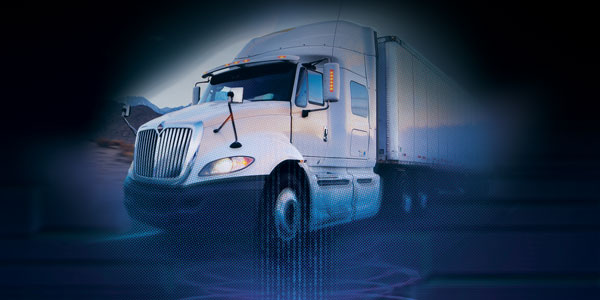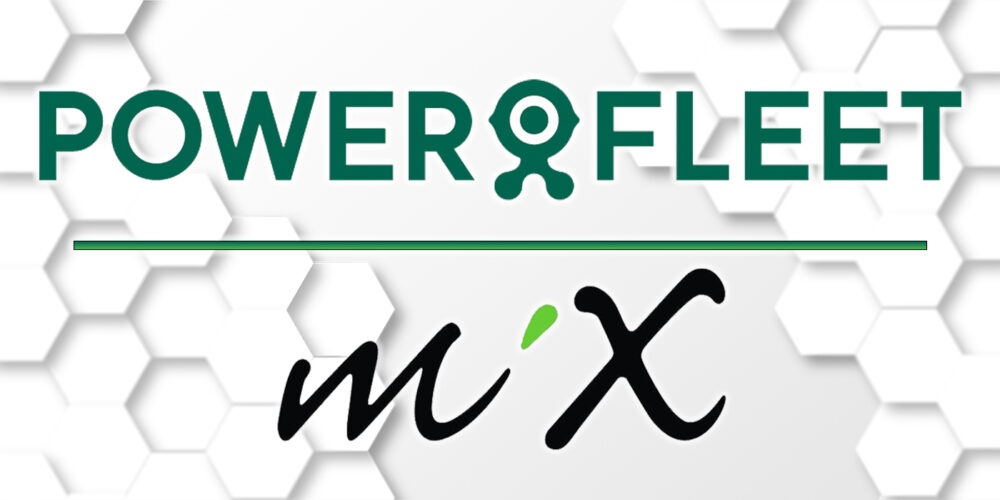There’s no sign of truck data slowdown. In fact, data is only going to come more fast and furious as component manufacturers start streaming information and data sets become richer and deeper. Managing a multitude of trucks is difficult enough without a multitude of data dashboards telling you different things. So here’s a quick guide for consolidating your truck telematics and remote diagnostics dashboards.
Can you integrate any and all data sets?
The answer from the majority of sources FE spoke with was a very hesitant, “Yes… but….”
Mike Branch, Geotab’s vice president of data and analytics, offered sound advice for fleets. His take was to focus on the problem, not the data. Ask yourself the questions: What is the purpose of the dashboard? What insight are you looking to gain from it? How can it help you minimize truck management pain points?
“Once you have a purpose for the dashboard, you develop the metrics around it that can be pulled from any dataset that you have access to,” Branch said. “Integration is only limited by your access to the data that should be open through a series of APIs.”
Quick sidebar: You’ll hear “API” a lot—it stands for Application Programming Interface, and it basically allows software to talk to each other. Think of them like tractor-trailer connections. You need the signal input at the tractor brake pedal to tell the trailer brakes to engage. Similarly, your dashboards need to pull in data from various components, analyze it and then display it.
Now, back to dashboards and the corresponding data sets.
“The dataset should be tailored to each fleet’s key performance indicators [KPIs] to help fleet managers make informed decisions about vehicle performance,” said Philip Wade, director of technology, emerging technology leadership, Bridgestone Americas. “For tires, these KPIs could be a range of performance indicators, from optimizing the number of retreads per casing for a particular truck segment to the total cost of ownership over a casing’s lifecycle.”
Keep in mind, not all datasets are created equally. There are limitations when integrating data into holistic dashboards.
“Take timing, for example,” began Carl Robinson, vice president of Vusion, a Trimble company, “or the way that data is inherently gathered. There may be data that comes in batches—half the data one day and half the next—versus data that is available in real time. Certain data sets may look at summaries of information from a specific day, whereas other data sets may look at trips spanning a number of days. That will present limitations in keeping data accurate and compatible in a single dashboard. It’s a little bit nuanced.”
“Don’t expect to integrate datasets from multiple sources unless you are willing to spend a considerable amount of time, money and other valuable resources,” advised Dave Covington, Noregon’s chief technology officer. “Integrating a dataset into an existing dashboard is far from being a ‘plug and play’ solution and requires some amount of work by the involved parties.”
Read more about truck data security here.
It’s your data
The most common challenges a fleet wants to address with data should come as no surprise: efficiency and uptime. The way in which you approach those goals will be unique to your fleet. That means working with all of your data service providers. Remember, and I’m putting this in bold: You own your trucks’ data. No ifs, ands or buts about it. It’s not the OEM’s data. It’s not the telematics provider’s data. It’s your data. Period. You can do whatever you want with it. So if you have a service provider that isn’t open to working with other parties to accomplish your goals, you might want to think about pulling your data and finding another partner.
“The reality is that some telematics service providers haven’t come what I would call ‘willingly’ to the table to share the customer’s data,” said Andrew Dondlinger, Navistar’s vice president of connected services. “We view the data as the customer’s data. What has happened, however, is that customers have had to raise their hand and say their telematics service provider, ‘Please send our data on our behalf to OnCommand Connection because we want the data in there for one reason or another, whether it’s the aggregation side or the advanced diagnostics.’ Again, some telematics service providers have not come what we would say willingly.
“I’ll give you an example,” he continued. “We went live with a telematics service provider integration that we’ve been working on for two years. An average integration takes us four to six weeks, which includes testing and piloting for a customer. So, two years was clearly the telematics service provider not wanting to integrate, even though they had several customers raising their hands, saying ‘please make this happen.’ It just took one to cry out loudly during a contract negotiation and that helped motivate the process.”
While you’re surveying your telematics providers’ willingness to hand over your data, you might also want to consider creating an internal data policy for your fleet—who you will share it with, how you will share it and what processes need to be put in place to ensure that your data is handled securely.
“The data retention policy is vital,” said Gerry Mead, executive director of innovation for Phillips Industries. “You should ask your data solutions partners how long the data is stored, who has access, and whether it identifies your fleet. Data is a valuable resource and should be treated that way.”
The way that you’ll get your data from a telematics provider will be through an API. Pulling together that data from multiple providers could present a few integration pain points.
“Complications such as data security, data quality and data ownership can arise,” Bridgestone’s Wade said. “The flexibility of the data model to include new and continuously changing data types and the technology platform itself can also make integration difficult. For example, a real-time predictive solution enabled by combining data from a number of different sources will be hindered by any system in the chain that requires a manual import/export of its data.”
The future’s open wide
Here’s, potentially, the biggest truck data dashboard integration rub: it’s not a one-and-done process. Once you start down this path, you’ll be working continuously, closely with your data providers much in the same way that you do with the OEMs. You’ll want to make sure whatever service provider you partner with will have your back through thick and thin.
“Choose to work with a company that has displayed longevity and a history of reputability,” Noregon’s Covington recommended. “You don’t want to purchase a dashboard that won’t be supported a year down the road because the company either stopped existing or did not have the resources to provide the updates that continuously improve your efficiencies.”
Vusion’s Robinson echoed this sentiment and recommended that you aren’t distracted by the new digital shiny object and stay focused on the solution that’s going to boost your fleet’s bottom line.
“There are some cool new apps in the market, but sometimes using those can be like rolling the dice,” he said. “There are software options that fleets can purchase once and host themselves; however, those can lack versatility without the ability to integrate with other vendors or receive ongoing updates. In contrast, software as a service [SaaS] solutions —hosted and updated by a third party—can provide more flexibility and longevity.”
There are going to be terms that are thrown around when you’re talking with your providers. A few that should give you peace of mind are “cloud-based,” and “open platform.” These indicate that your data will be available and accessible. As a fleet manager, you know that mobility is productivity.
“To make the level of integration as low as possible, find an open platform for your mobile workforce that has pre-built integrations, open APIs and easy to deploy integration environment,” said Mark Wallin, vice president of product management at Verizon Connect. “Be sure to find a mobile workforce platform that will combine not just the data and dashboard you need, but one that also provides the tools to all levels of the organization to make change and get the results you need.”
You’ll want to ensure that your dashboard solution is just as mobile as you are, with the ability to adapt to new opportunities.
“With the massive volumes of data available, fleet managers should expect to see new datasets arising from the analysis of data at scale,” Geotab’s Branch said. “Telematics companies have data on fuel economy, not only by make and model of vehicle aggregated across hundreds of thousands of vehicles, but based on terrain in which they drive, loads they carry, etc. This type of data can be incorporated to make more effective procurement decisions. The capability for a fleet manager to benefit from benchmarking arising from fleets with similar driving characteristics across the globe is transformative in helping them pinpoint safety, operational and performance issues.”














